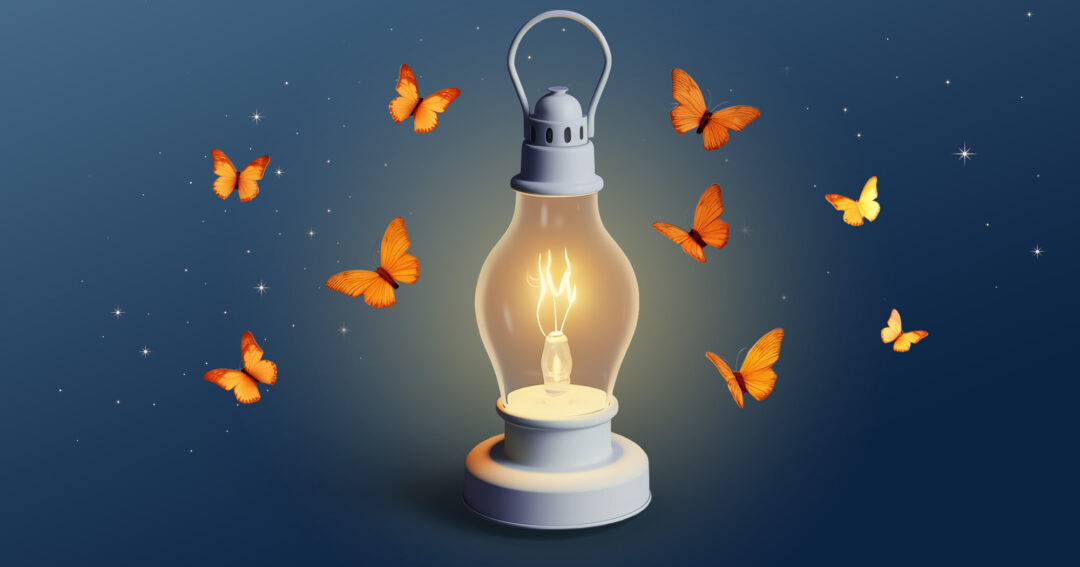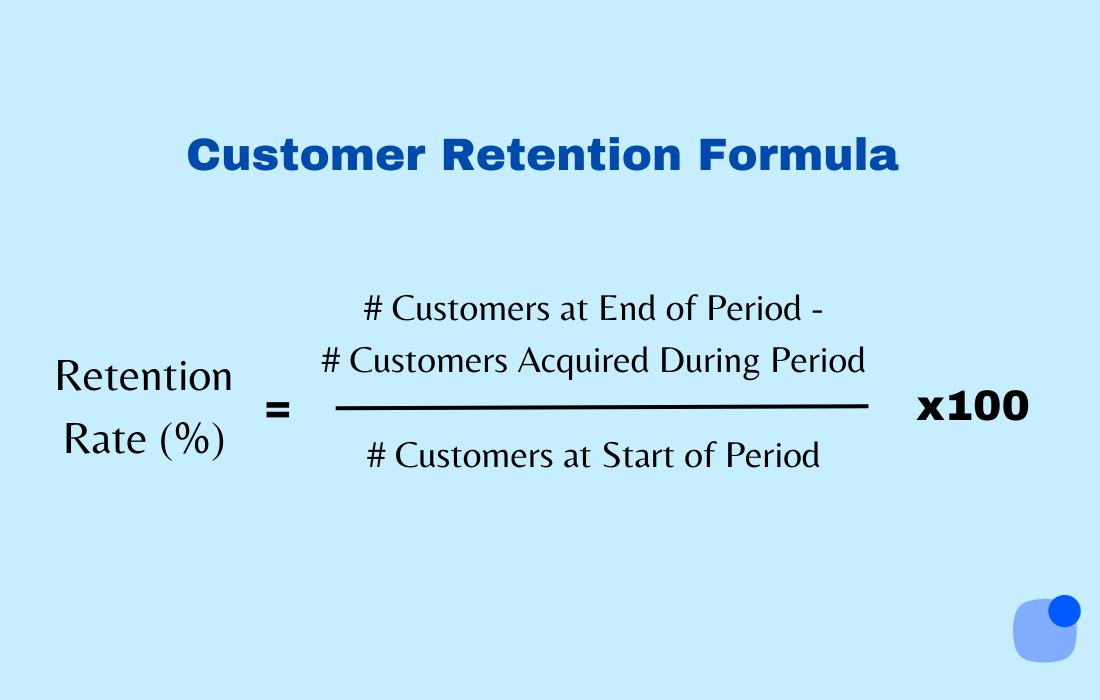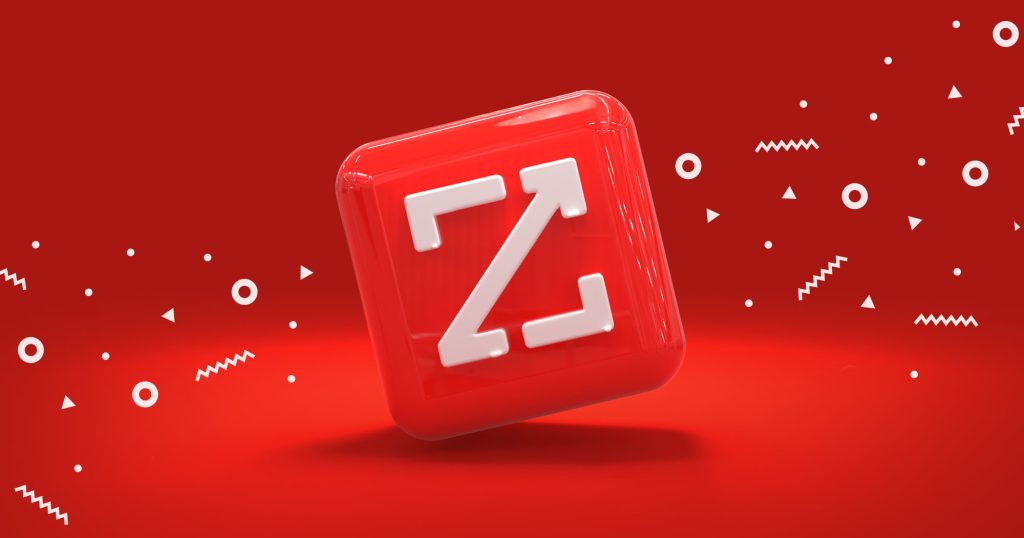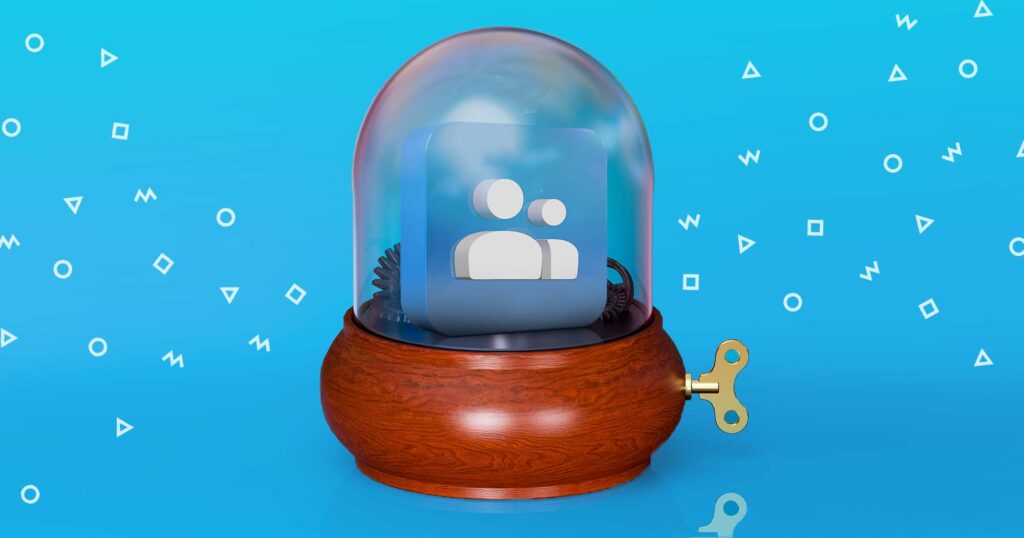Acquiring new users is just half of your battle — the toughest part is keeping your existing customers happy in the long run. With a determined focus on customer retention, you can maximize your invested time and money and boost lifetime customer value.
According to a recent study, 82% of businesses agree that acquiring new customers is far more expensive than retaining existing ones. It’s not that surprising if you ask me — just think of the countless time and resources a business spends going into the wild-west business markets looking for new customers.
Business competition is fierce, and while gaining new customers should always be on every business’s top priorities list, it’s hard to imagine any modern company surviving without a functional retainment engine.
Let’s dive into the core aspects of customer retention and then uncover 10 proven strategies to drive customer loyalty.
What is customer retention, and why is it important?
Before moving on to the strategies, it’s important to understand the customer retention meaning and importance.
Customer retention refers to all the strategies and actions companies take to maintain and strengthen its relationship with its existing customers.
This concept focuses on keeping existing customers engaged and satisfied over time, driving brand loyalty, and encouraging them to stick with your company rather than switch to a competitor.
Effective customer retention is crucial for several reasons:
- The cost-effectiveness of retention — research continuously indicates that acquiring new customers is virtually always more expensive than retaining existing ones.
- Increased profitability through loyal customers — due to loyal customers’ tendencies to purchase more frequently and explore new offerings, unlike new customers who are often cautious and price-sensitive.
- Organic marketing and valuable feedback — retained customers often become brand advocates, engaging in free and highly credible word-of-mouth marketing to the entire online world, significantly boosting a brand’s reputation.
- Steady revenue streams — a stable customer base ensures a consistent and predictable revenue stream, which is crucial for long-term planning and confidently investing in new growth ventures.
- Gained competitive edge — a company capable of maintaining a loyal customer base is often viewed as reliable and trustworthy, qualities highly valued in the modern marketplace.
Read also: 5 Common Customer Retention Mistakes to Avoid
Customer retention vs. customer loyalty: what’s the difference?
While the two terms are often used interchangeably, distinguishing between customer loyalty and retention is important for businesses because the strategies to achieve them vary, and they impact the bottom line in different ways.
- Customer retention definition: refers to the ability of a company to retain its customers over a period. It measures how well a business can maintain a continuous relationship with its existing customers.
- Customer retention goal: creating repeat business and ensuring customers continue to engage with the brand or its products/services.
- Customer retention metrics: customer retention metrics are quantitatively by nature, with the most common measurement being retention rates (see below), which indicate the percentage of customers a company keeps over a specific period.
Now, let’s cover what is customer loyalty and how it’s different from retention?
- Customer loyalty definition: it goes beyond repeated transactions — it refers to an attitude that includes an emotional component such as willingness to recommend your brand to others, less sensitivity to price changes, and more forgiving of minor errors.
- Customer loyalty goal: building a deep, emotional connection with customers, leading to them becoming advocates for the brand.
- Customer loyalty metrics: customer loyalty metrics are qualitative — they may include customer satisfaction, NPS (Net Promoter Score), and positive advocacy (e.g., referrals, reviews).
In summary, retention can be seen as a necessary precondition for loyalty.
Without at least some degree of retention, there can’t be loyalty, as customers would simply churn out of the company’s ecosystem before developing a deeper relationship with the brand.







![How to Write Your Perfect LinkedIn Connection Message [With 15+ Templates] How to Write Your Perfect LinkedIn Connection Message [With 15+ Templates]](https://reply.io/wp-content/uploads/linkedin.messages-1024x538.jpg)